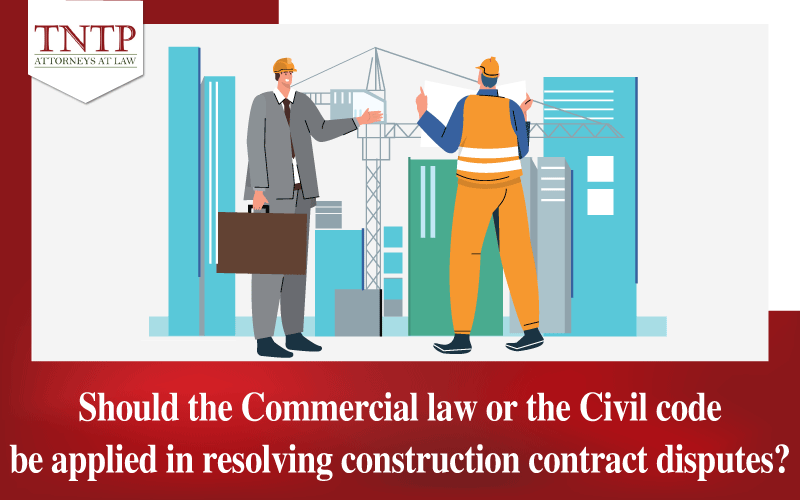Procedures for claiming compensation for non-contractual damage as prescribed by law
Compensation for non-contractual damage is an important legal institution commonly applied in administrative cases, civil cases, and especially criminal cases. Therefore, the accurate, timely, and effective application of this legal institution helps individuals and organizations to protect both their own maximum legal rights and interests and those of their clients. In this article, TNTP’s Lawyers will analyze the concept, conditions of non-contractual damage claims, and outline the steps for requesting such claims to provide readers with a perspective on this legal procedure.
1.Concept of compensation for non-contractual damage
Vietnamese law does not specifically define non-contractual damages. However, according to Article 584 of the Civil Code 2015, it can be understood that compensation for non-contractual damage refers to civil liability when an individual or organization causes damage to another person’s property, health, honor, or dignity without a contractual relationship between the parties.
2.Conditions for claiming compensation for non-contractual damage
According to Article 584 of the 2015 Civil Code and Article 2 of Resolution 02/2022/NQ-HDTP guiding the application of a number of provisions of the Civil Code on liability for compensation for non-contractual damage dated September 6, 2022, to claim compensation for non-contractual damage, the person claim for non-contractual damage must prove the following factors:
- There is an illegal act by the party causing the damage.
- Actual damage has occurred.
- There is a causal relationship between the illegal act and the damage; and
- There is a fault of the party causing the damage (except for some specific cases as prescribed by law).
Therefore, a claim for compensation for non-contractual damage is considered well-founded if the injured party can prove all of the above factors.
3. Procedures for claiming compensation for non-contractual damage as prescribed by law
Step 1: Collecting documents to prove the damage
The injured party must collect relevant documents, including:
- Invoices, receipts for medical treatment costs, property repair expenses, etc. (to prove the extent of the damage);
- Videos, photos, testimony, etc. (to prove the illegal act of the party causing the damage).
Therefore, to claim non-contractual damages, the injured party must collect and provide documentation proving both their right to compensation and that their claims are legally valid and supported by facts.
Step 2: Negotiation and mediation
According to Clause 1, Article 585 of the Civil Code 2015: The parties may agree on compensation amount and methods through direct negotiation or mediation. If parties cannot reach an agreement, the injured party has the right to request resolution from the competent authority as specified in Article 4 of the Civil Procedure Code 2015.
Step 3: Filing a lawsuit or claim for compensation
If negotiation or mediation fails, the injured party may file a lawsuit or claim at the competent Court. The required documents include:
- A lawsuit petition or a claim for compensation;
- Documents collected in Step 1;
- A copy of the citizen identity card or other identification document of the claimant;
- Information regarding the defendant (if available);
- Any other relevant documents.
Before initiating legal proceedings, the injured party must clearly determine both the extent of the damage and their ability to prove it to define the scope of the claim. During court proceedings, the plaintiff and defendant can still conduct mediation to reach a compensation agreement.
4.Common cases of compensation for non-contractual damage
- Murder or intentional injury: Any person causing harm to another’s life or health must compensate the victim’s family or the injured party.
- Defamation or libel on social media: Individuals whose honor and dignity have been damaged have the right to claim compensation for mental distress and other losses as prescribed by law.
- Damage from fires or explosions in mini apartments or rental houses: The person causing the fire or explosion and/or the landlord must compensate the victims for property damage and/or loss of lif
It is evident that the procedure for claiming compensation for non-contractual damage is both important and complicated. To protect their rights, the injured party must understand the compensation claim process, collect sufficient evidence, and comply with legal procedures. In necessary cases, the injured party can seek help from lawyers or legal professionals to improve their chances of success.
This article, “Procedures for claiming compensation for non-contractual damage as prescribed by law“ was prepared by TNTP’s lawyers. We hope it proves helpful to our readers.
Sincerely,



